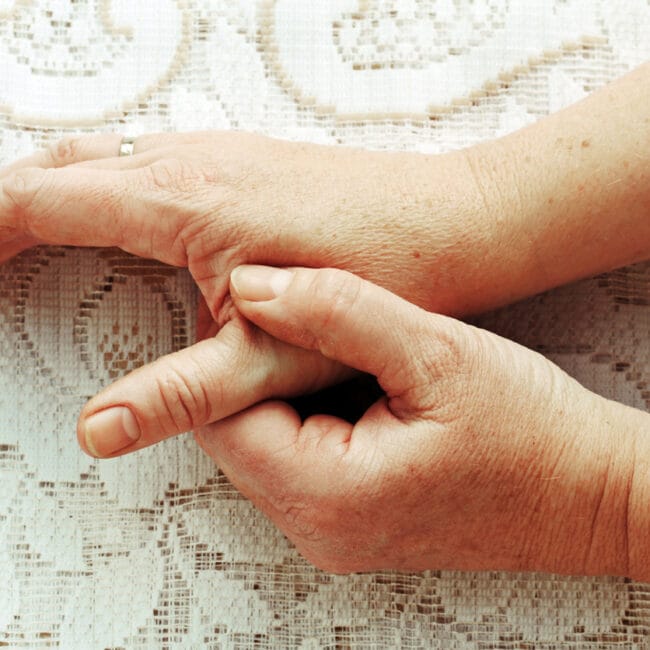
Calf strains are the result of sudden stretching or long-term overuse of the calf muscles, the muscles located at the back of the lower part of the leg. Calf strains can affect anyone, but those who are involved in physically demanding, fast-paced sports are particularly vulnerable.
Calf strains are characterised by the onset of sudden, sharp pain, and the injured muscles may also be stiff and tender to the touch. The pain is a result of muscle fibres in the leg tearing, with the amount of fibres being torn directly related to the severity of the injury. Many of us will have experienced some degree of calf strain at some point in our lives, and most of us would easily be able to identify when we have strained our calves. But there are different levels of calf strains, some more serious than others, so let’s look at the three different types of calf strains, and the implications of each of them.
Grade One
Grade one is the least serious of the three levels of calf strains. People who experience a grade one strain will feel some pain and sensitivity, and the muscle will probably feel a bit tight, but that’s about as bad as it gets, although they may not properly experience these symptoms until the following day. A calf strain is defined as a grade one if fewer than 25% of the muscle fibres have been affected, so most people will be able to continue their activity after a few minutes.
Grade one calf strains will usually heal completely within 2-4 weeks, but there are a few things you can do to help speed up the process. Start by applying ice-packs to the muscle for 15 minutes, 4 or 5 times a day. Resting and keeping the leg elevated are important at this stage of recovery. If you have a calf brace, that can also help reduce pain and speed up recovery time for all grades. After about 3 days, when you begin to feel more comfortable moving the muscle, you should do some very light stretches several times a day, gradually increasing the effort you are putting in to stretching.
Grade Two
A grade two calf strain covers quite a broad range of damage, as any calf strain that tears between 25% and 90% of the muscle fibres will be classified as a grade two. However, the difference between a grade one sprain and a grade two sprain is quite noticeable. People with grade two sprains will feel much more pain, and can but should not continue with the activity. They will initially feel a sharper pain, and will experience more bruising, swelling, and stiffness in the coming days and weeks.
To speed up recovery, the first week should be spent resting with the legs elevated. Apply an ice pack for fifteen minutes every couple of hours, and consider using crutches to move around. You can begin light stretches after a week of rest, and move onto more challenging stretches after two weeks. It usually takes 4-8 weeks to completely recover.
Grade 3
A grade 3 calf strain is reserved for those in which over 90% of the muscle fibres have torn, or the muscle has completely ruptured. Someone who experiences a grade three calf strain will experience immediate and excruciating pain. They will be unable to continue the activity, and may not be able to move their calf muscle at all. If this is the case, visiting a doctor is the only option, and surgery is quite likely. The typical recovery time for a grade three strain is 3-4 months.










